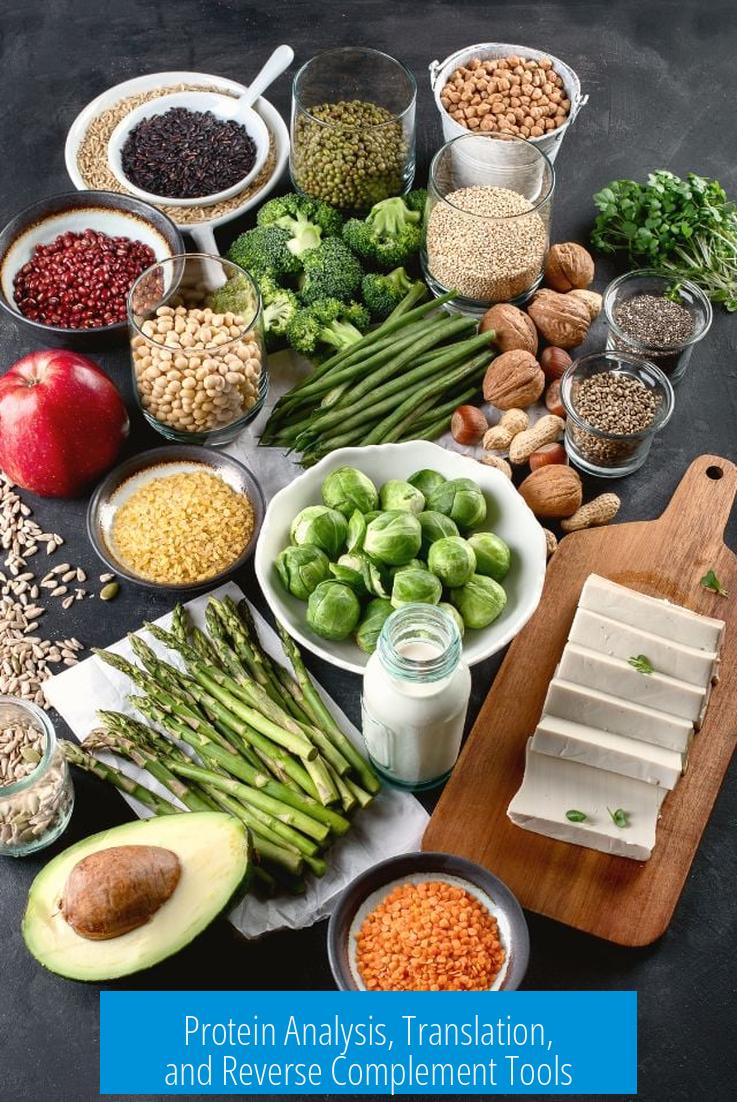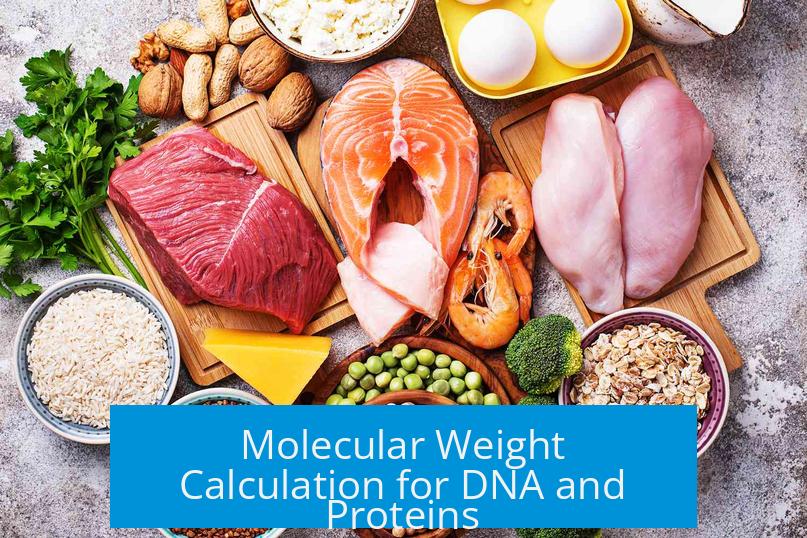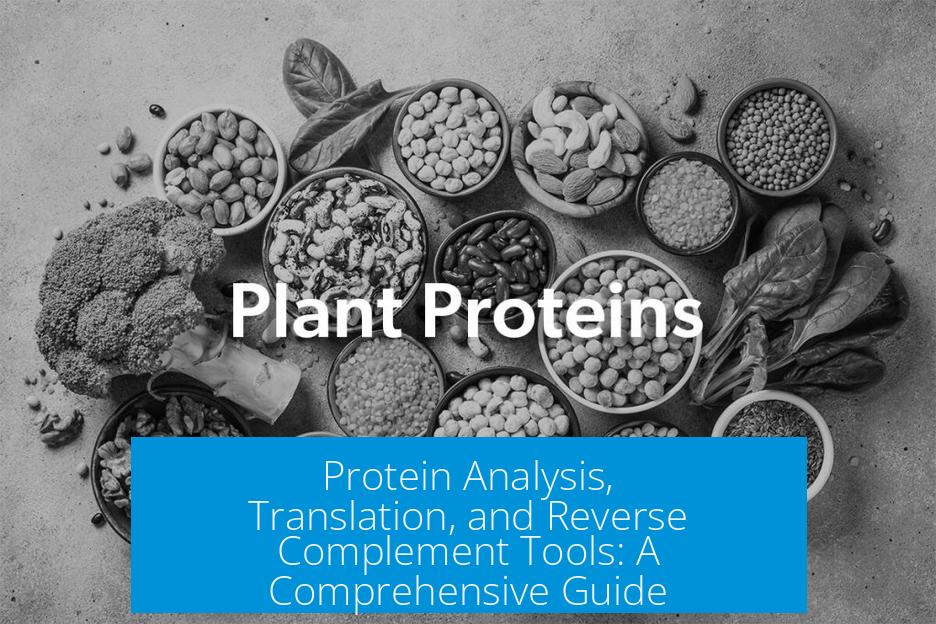Protein Analysis, Translation, and Reverse Complement Tools

Protein analysis, translation, and reverse complement tools enable researchers to manage, analyze, and interpret genetic sequences efficiently. These tools streamline workflows from sequence input to advanced data retrieval, supporting both molecular biology and bioinformatics tasks.
Sequence Input and Management
Effective sequence management begins with an intuitive user system. Users can log in, enter nucleotide or amino acid sequences, and assign unique names to save these entries. This facilitates quick access to commonly studied genes or proteins.
- Sequence lists persist alongside the workspace.
- Names and annotations improve search and retrieval.
Managing sequences this way reduces repetitive data entry and supports ongoing projects by storing user-specific datasets.
Importing Standard Sequence Files
Supporting import functions for formats like mFASTA is crucial. Researchers often work with large datasets obtained from databases or sequencing pipelines.
- Upload entire gene or protein collections easily.
- Retain formatting and metadata during import.
Such import features avoid manual input errors and accelerate analysis.
Molecular Weight Calculation for DNA and Proteins

Molecular weight (MW) tools standardize output in Dalton (Da) units. While protein MW calculations based on amino acid sequences are common, DNA MW estimation is less so.
| Sequence Type | Input | Output |
|---|---|---|
| Protein | Amino acid sequence | Exact MW in Da |
| DNA | Base pair count or sequence | Approximate MW in Da or MegaDaltons (MDa) |
For example, a 6300 base pair DNA fragment approximates 3.9 MDa. Allowing simple input like base pair counts instead of full sequences offers quick estimates. Such a tool supports planning experiments involving DNA molecular weights.
Sequence Display and Formatting
Clear text presentation matters for readability and analysis. User interfaces benefit from:
- Removing unneeded capitalization and verbose placeholder text.
- Eliminating new line characters within sequences to avoid fragmentation.
- Maintaining consistent formatting for easy copy-paste into downstream tools.
Proper formatting reduces user errors and improves interpretation of translation and reverse complement operations.
Translation and Reverse Complement Operations
Although not explicitly referenced, translation (converting nucleotide sequences to amino acids) and reverse complement (finding the complementary strand in reverse orientation) are integral tools in protein analysis workflows.
- Translation tools interpret coding sequences accurately.
- Reverse complement tools assist in analyzing opposite DNA strands.
- Integrated within sequence management platforms, they save time and reduce the need for external software.
Key Takeaways
- User systems streamline sequence storage and reuse.
- Import functions for mFASTA improve data handling efficiency.
- MW tools estimate molecular weight for both proteins and DNA; simple bp input suffices for DNA.
- Improved text formatting enhances data clarity and analysis.
- Translation and reverse complement features are crucial in protein analysis workflows.
What features help manage multiple gene or protein sequences efficiently?
A user system that allows login and saves sequences by name helps. Users can quickly retrieve gene or protein data they work on often.
How can I import sequence data into a protein analysis tool?
Importing standard mFASTA files is common. This format supports multiple sequences and retains essential metadata.
Is there a tool to estimate the molecular weight of a DNA sequence?
Yes. Instead of full calculation, a simple tool can convert base pair length to approximate molecular weight in Daltons.
Why should new line characters be removed from sequence data?
Removing new line characters improves sequence formatting. It smooths analysis and prevents errors during translation or reverse complement calculations.
How can sequence display be improved for clarity?
Shorten long or obvious labels. Avoid random capitalization. Clear and concise presentation aids faster comprehension.





Leave a Comment